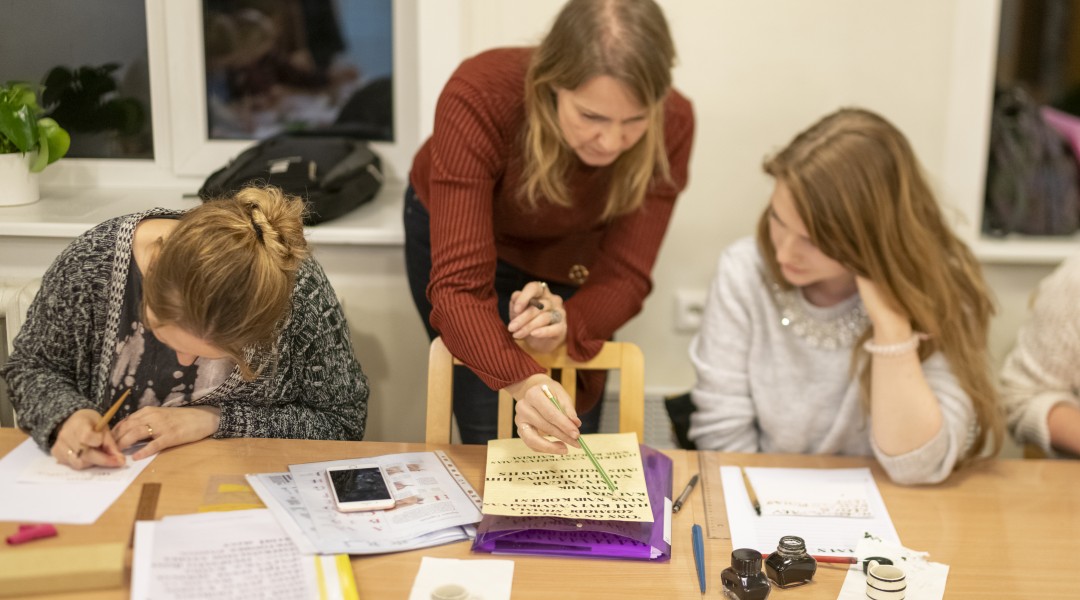Ena Drenkhan, Chief Expert for Adult Education at the Ministry of Education and Research considered this a very good result. ‘The rise in the number of adult learners shows that opportunities for professional development are increasingly flexible and more accessible to people,’ Drenkhan claimed, highlighting the increasing share of online courses, the state-commissioned continuing education and training, and the micro-degree programmes provided by universities. ‘People got used to online learning during the COVID-19 pandemic, and many have remained regular users of online learning opportunities.’
According to Raul Ennus, head of Juunika Koolitus, one of the largest private continuing education and training institutions in Estonia, the increase in the number of learners may also result from adaptation to the economic environment in certain sectors – companies have adapted to the crisis and training cannot be postponed indefinitely.
Participation in lifelong learning has primarily increased owing to participation in training, while the rate of participation in formal education has remained stable. The average learner is a 35-year-old Estonian woman with a higher education who participates in training courses. Learners are mostly women (30% women vs. 19% men) aged 25–44, and more likely to be Estonians (26% Estonians vs. 21% non-Estonians).
In 2022, 21.1% of people aged 25–64 in Estonia participated in formal education or training. This figure exceeded the pre-COVID-19 participation rate, which was 20.1% in 2019. In the years of the pandemic, the number of adult learners declined slightly, with participation rates of 17.1% in 2020 and 18.4% in 2021.
The number of adult learners is at a record high
16.05.2024 | 13:44
According to the latest data from Statistics Estonia, 23.2% of the Estonian population aged 25–64 participated in formal education or training in 2023, which is an all-time high and 2.1 percentage points higher than in 2022.
